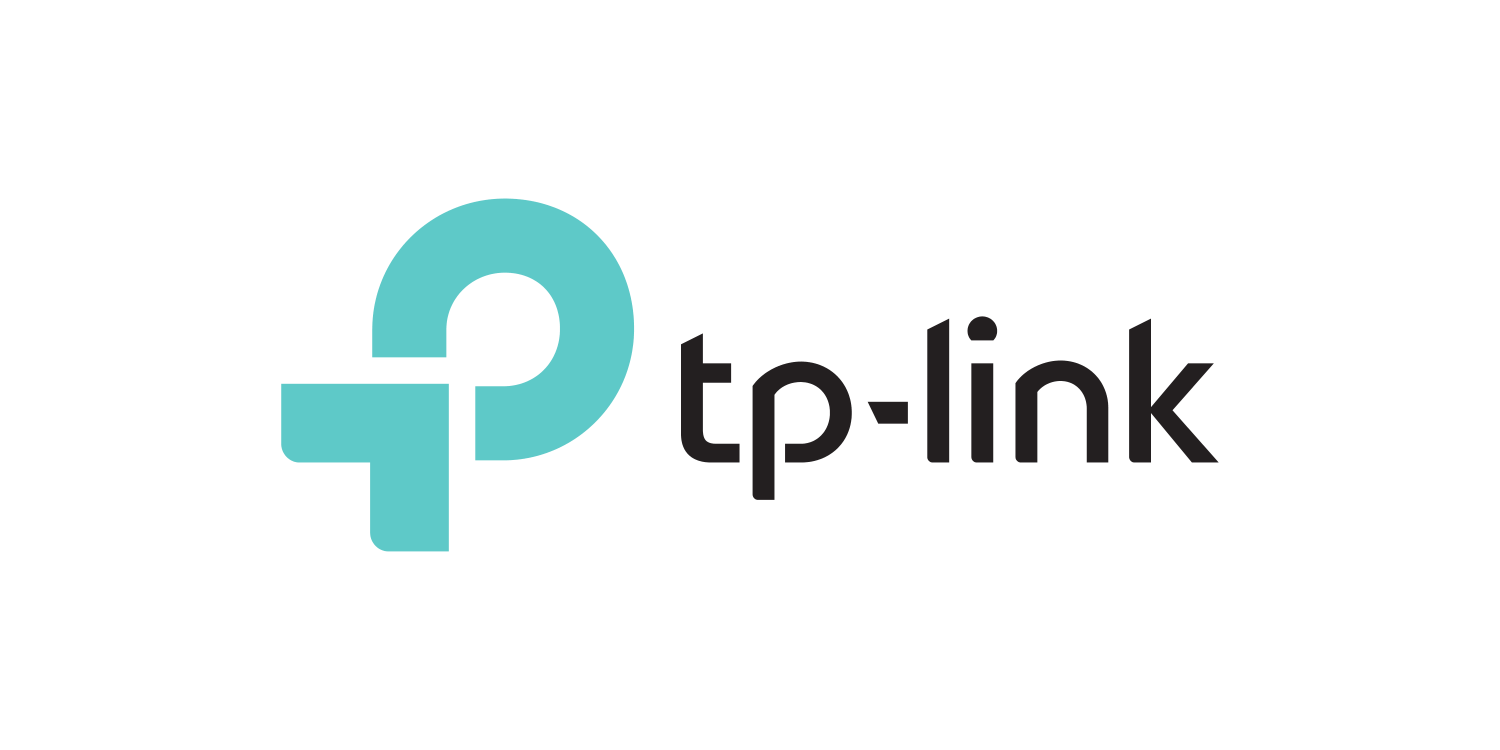Media Sharing: Share all media seamlessly across all your devices

Being able to play media from a USB storage device across all your devices is very convenient. For example, if you saved old photos or downloaded movies on your USB storage device, you can view them directly both on your computer and smart TV without having to copy them twice. Even better, you don't have to worry about port interfaces for other devices, such as special ports on projectors.
Media Sharing, one of the features of the TP-Link USB router, can make all this possible.

What is Media Sharing?
Media Sharing is an extension of DLNA (Digital Living Network Alliance) connectivity that allows devices to automatically communicate and share media files in the same network. The sharing capability of DLNA is built into most network entertainment products - from computers to TVs, to game consoles, home theaters, and Blu-ray players - creating a more connected home entertainment experience.
What does it mean? With the Media Sharing feature, you can access and share photos, songs, and videos stored on the USB storage device directly from DLNA-supported devices, such as your tablet, smart TVs, XBOX, and PlayStation. The sharing has never been easier. Share your favorite songs with your family, kick back on a sofa to watch films over your home theater system, or access your videos and music directly on your PS4.
How to use Media Sharing:
1. Insert your USB storage device into the router’s USB port directly or using a USB cable.
2. Your DLNA-supported devices connected to your home network can detect and play the media files on the USB storage device instantly.
Note: The Media Sharing feature is enabled by default for most TP-Link routers. If not, go to your router’s web management page to enable this feature. Refer to your router’s User Guide for detailed instructions.
